How two 1960s strikes shaped NYC’s newspaper culture forever
The entire saga unfolds right here
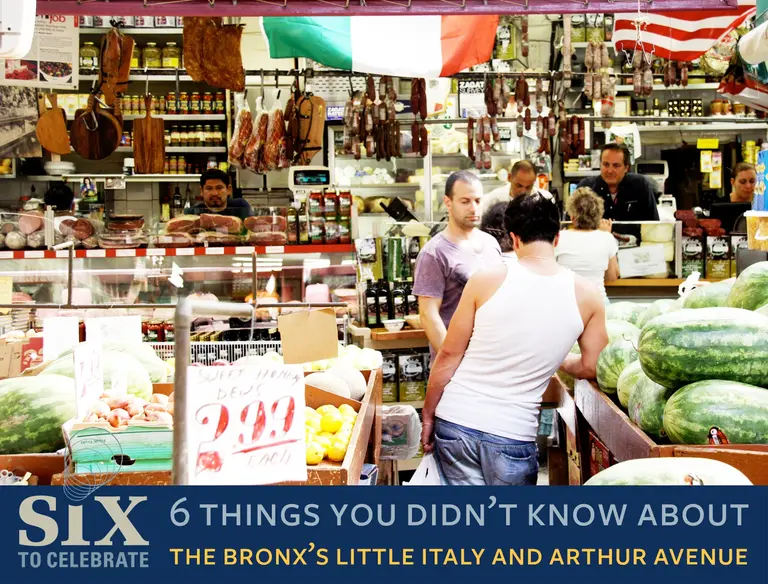
Photo by Chris Goldberg/Flickr
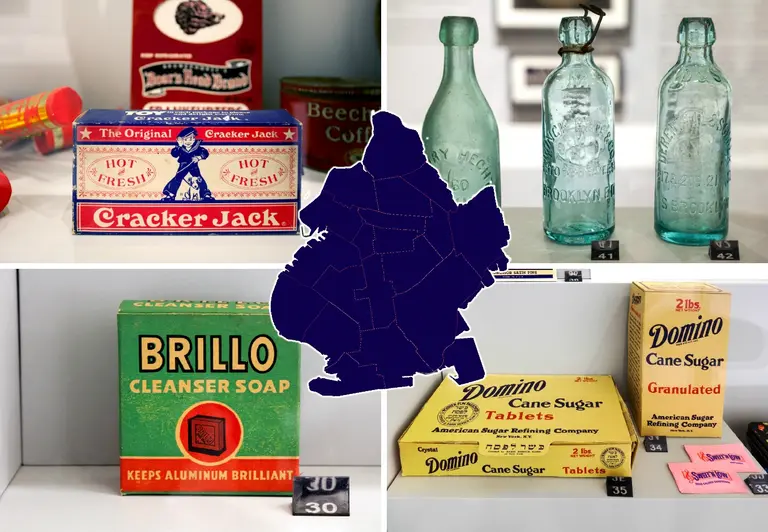
Photos © James and Karla Murray
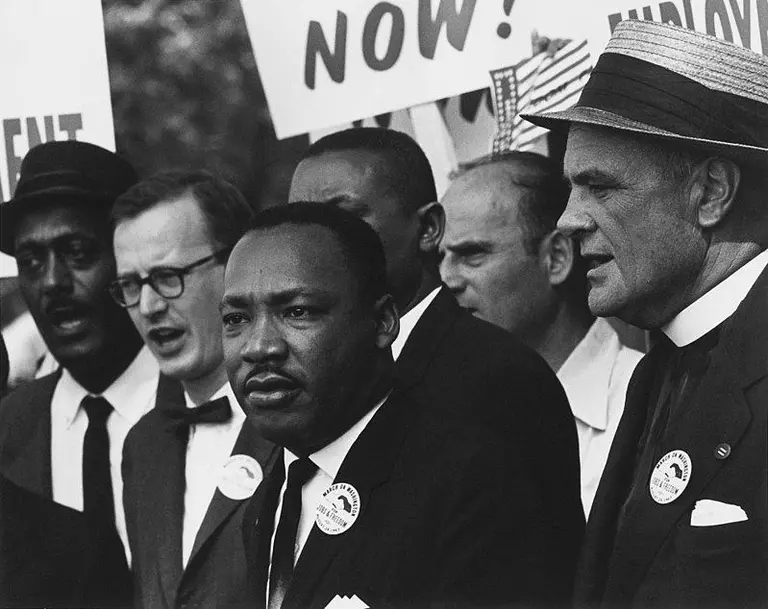
Martin Luther King Jr. at the 1963 Civil Rights March on Washington, D.C. via Wiki Commons
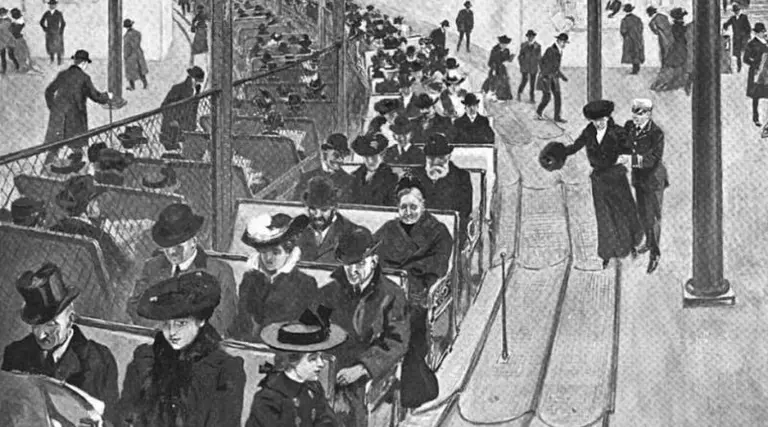
Photos courtesy the New York Public Library’s Digital Gallery
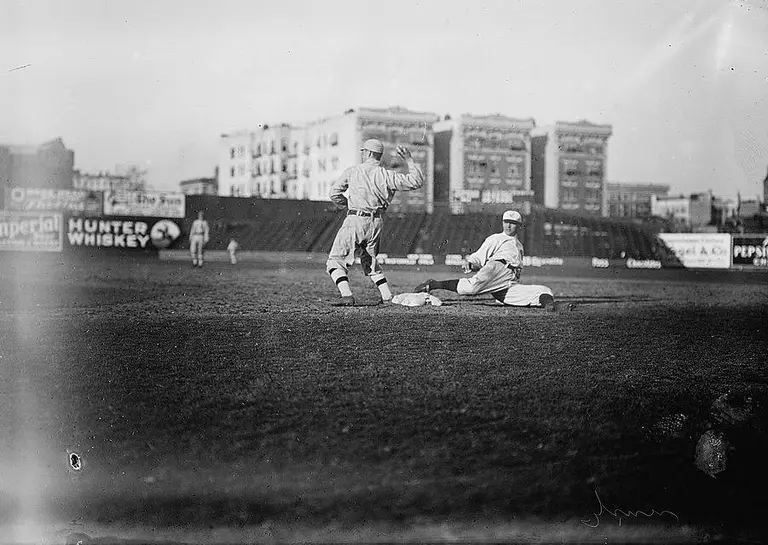
The Highlanders play a game at Hilltop Park in 1912, photo via The Library of Congress
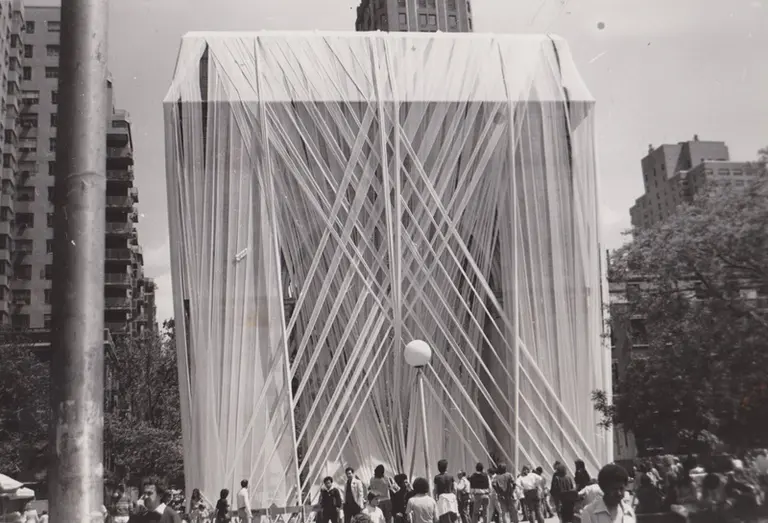
Washington Square Arch wrapped by artist Francis Hines, 1980 © Greenwich Village Society for Historic Preservation/Carole Teller
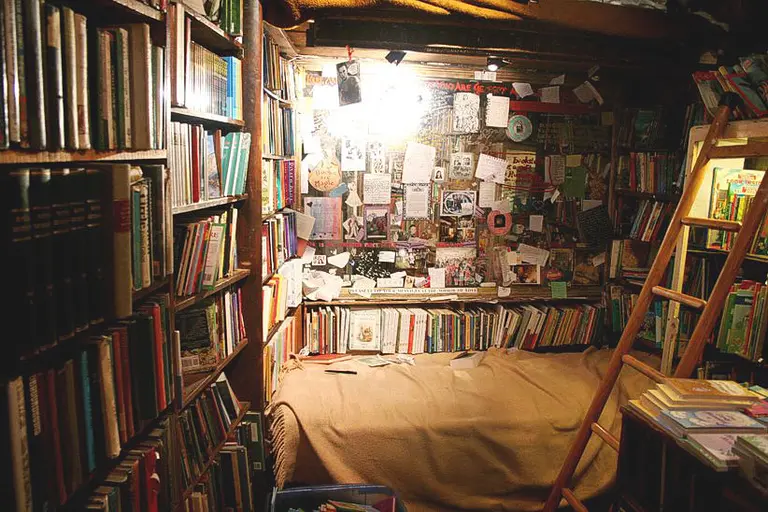
Image by Glynnis Ritchie via flickr
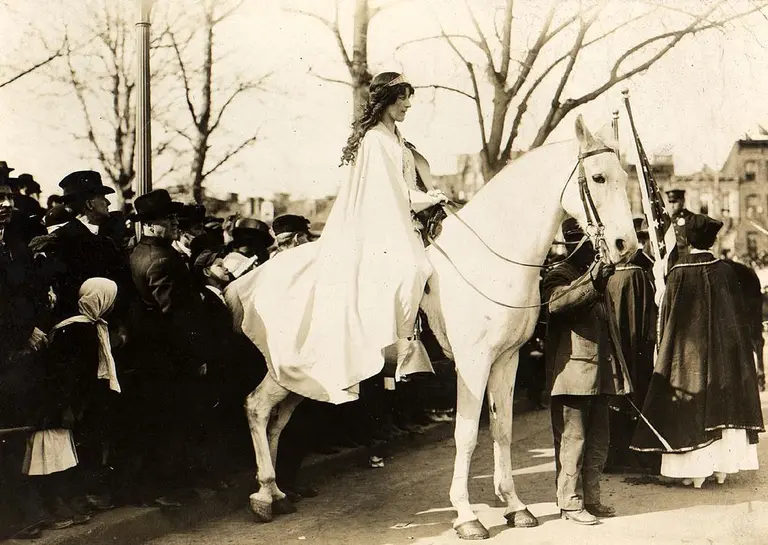
Photo courtesy of Wikimedia
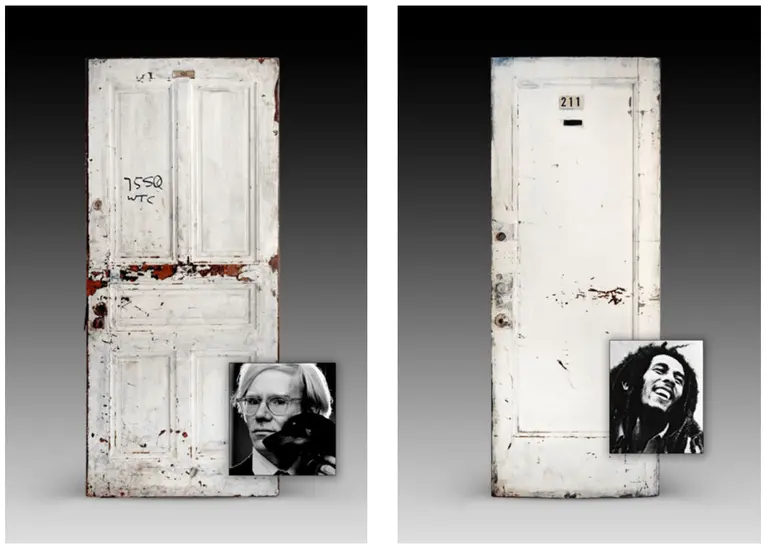
Screenshot of Iconic Chelsea Doors via Guernsey’s
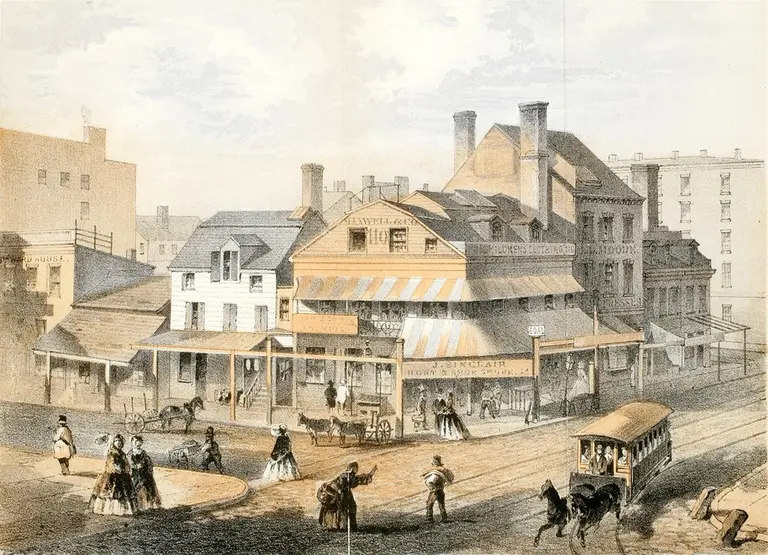
The corner of Pearl and Chatham streets, where Jennings hailed the bus. Photo via New York Historical Society
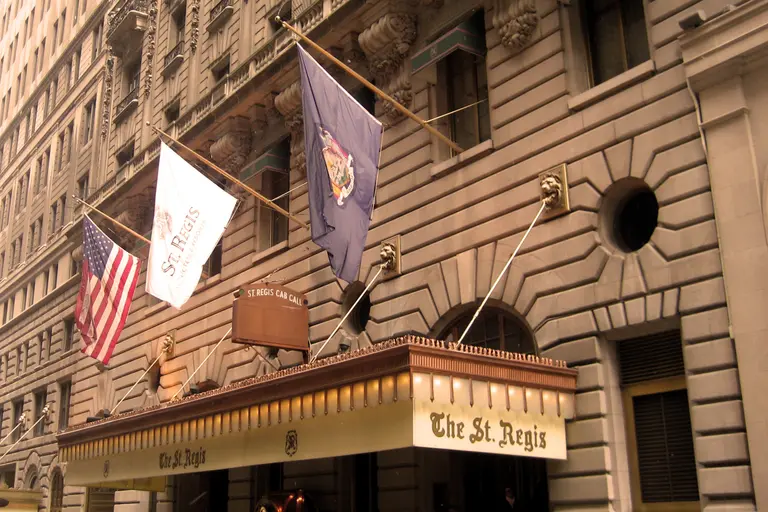
Photo via Wally Gobetz/Flickr
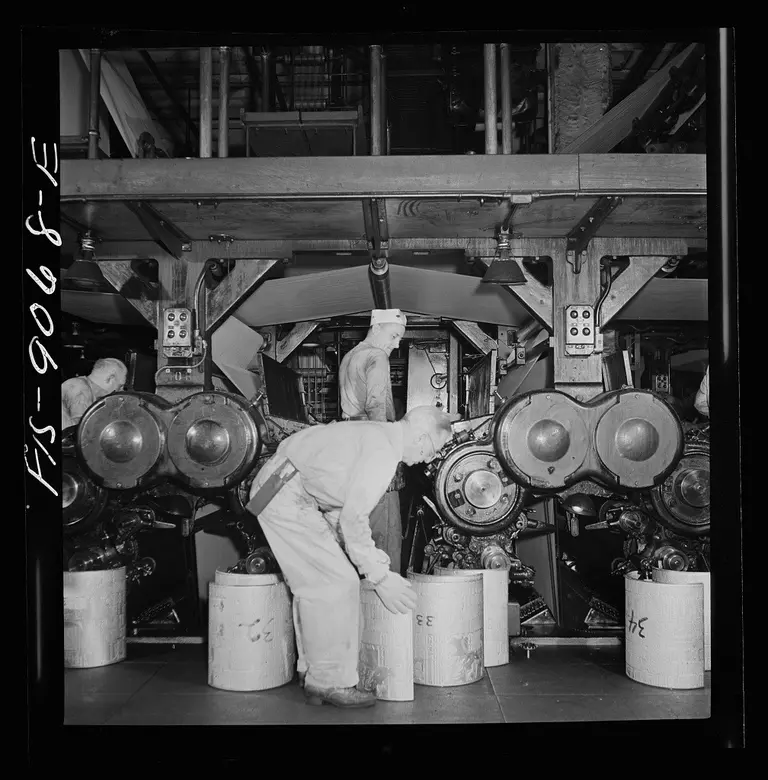
Pressroom. Numbering cast plates with page numbers for identification.
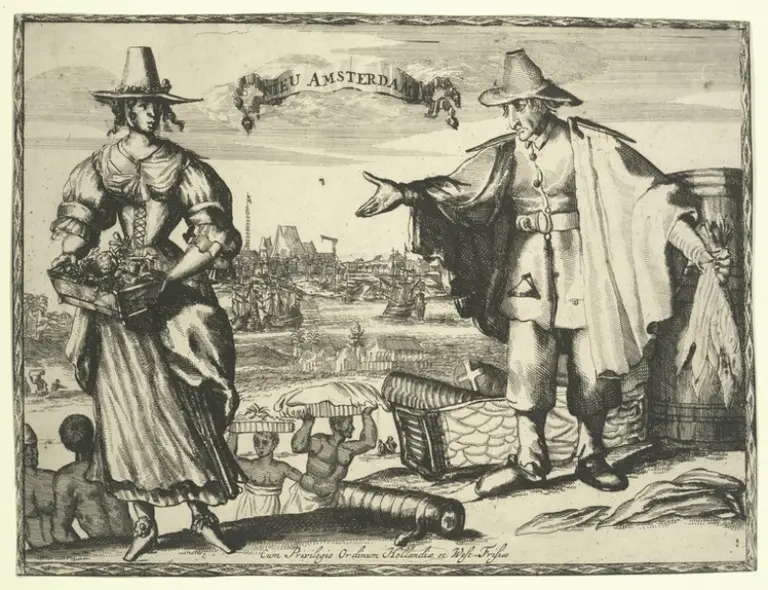
Image via Wikimedia
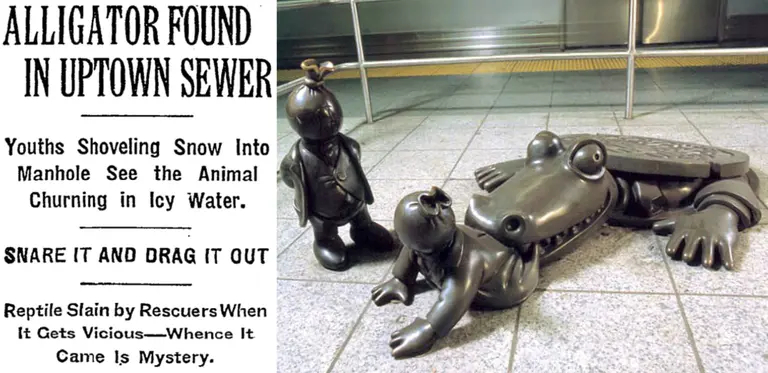
Clipping from the 1935 New York Times article (L); Tom Otterness sculpture at the 14th Street/8th Avenue subway station depicting the event, via MTA Arts (R)
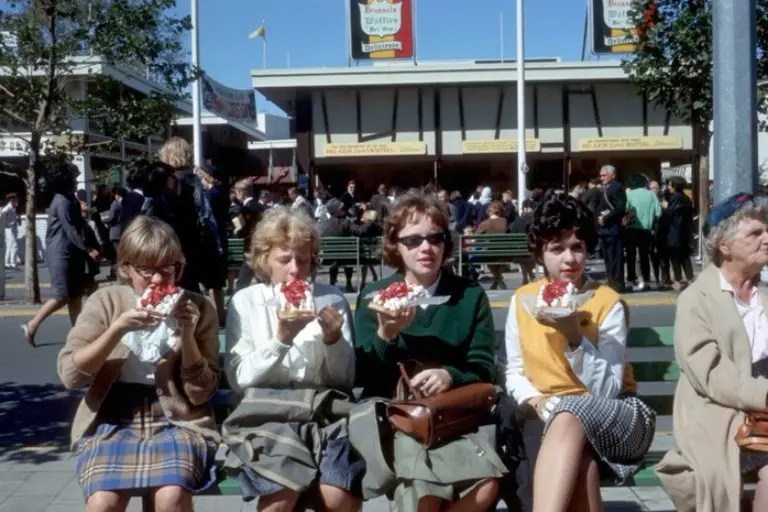
Photo courtesy of Bill Cotter/worldsfairphotos